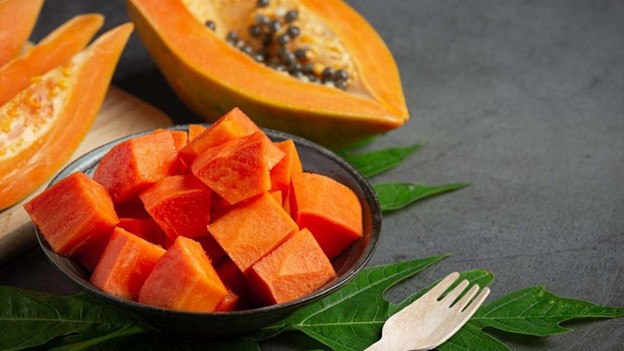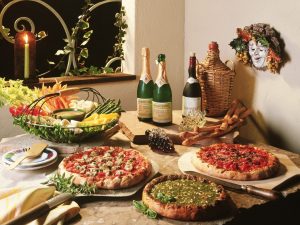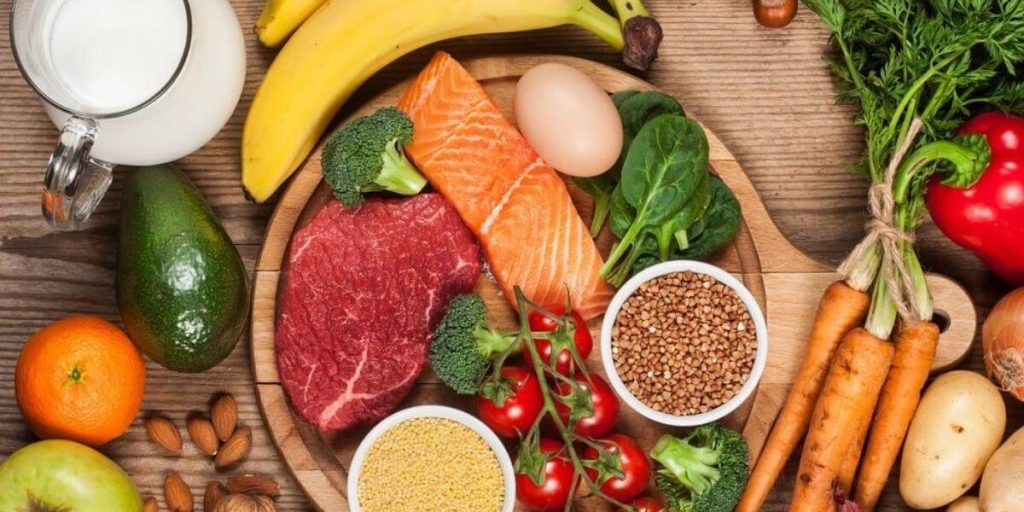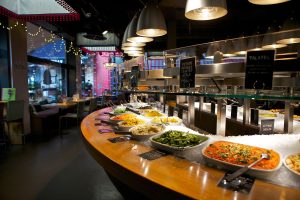
As the world continues to reopen and travel resumes, food enthusiasts are eagerly planning their next culinary adventures. The year 2024 promises to be exceptional for foodies, with numerous destinations offering unique and delectable experiences. This article explores the top destinations for foodies in 2024, highlighting the culinary delights, local specialties, and gastronomic experiences that make these locations a must-visit for any food lover. Learn More About Top Music Festivals Destinations For 2024.
Tokyo, Japan
Tokyo has long been a mecca for food lovers, and 2024 is no exception. The city boasts more Michelin-starred restaurants than any other in the world, offering a diverse range of culinary experiences. From traditional sushi and ramen to innovative fusion cuisine, Tokyo’s food scene is unparalleled.

Paris, France
Paris, the city of lights, is also the city of culinary excellence. Known for its exquisite pastries, cheeses, and wines, Paris offers a gastronomic journey like no other. In 2024, the city continues to innovate while preserving its rich culinary traditions.
Bangkok, Thailand
Bangkok is a vibrant city that offers a rich tapestry of flavors. Known for its street food culture, Bangkok is a paradise for those who love bold and spicy dishes. In 2024, the city continues to attract foodies with its diverse culinary offerings.
Cooking Classes: Participate in cooking classes to learn how to prepare authentic Thai dishes.
Barcelona, Spain
Barcelona is a city that celebrates food with passion. From tapas to seafood, the city’s culinary scene is vibrant and diverse. In 2024, Barcelona continues to be a top destination for foodies seeking Mediterranean flavors and innovative cuisine.
New York City, USA
New York City is a melting pot of cultures, and its food scene reflects this diversity. From gourmet restaurants to food trucks, the city offers endless culinary possibilities. In 2024, NYC remains a top destination for foodies seeking a variety of global cuisines.
Mexico City, Mexico
Mexico City is a culinary gem that offers a rich blend of traditional and contemporary Mexican cuisine. The city’s vibrant food scene is characterized by bold flavors and unique ingredients. In 2024, Mexico City continues to captivate foodies with its culinary offerings.
Istanbul, Turkey
Istanbul is a city where East meets West, and this cultural fusion is reflected in its food. The city’s culinary scene is rich and diverse, offering a blend of traditional Turkish dishes and modern cuisine. In 2024, Istanbul remains a top destination for foodies seeking unique flavors.
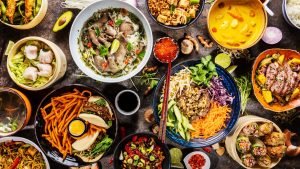
Lima, Peru
Lima has emerged as a culinary hotspot in recent years, known for its innovative and diverse cuisine. The city’s food scene is characterized by a fusion of indigenous ingredients and international influences. In 2024, Lima continues to attract foodies with its unique culinary offerings.
Marrakech, Morocco
Marrakech is a city that tantalizes the senses with its vibrant colors, aromas, and flavors. The city’s culinary scene is rich and diverse, offering a blend of traditional Moroccan dishes and modern cuisine. In 2024, Marrakech remains a top destination for foodies seeking exotic flavors.
Cape Town, South Africa
Cape Town is a city that offers a rich culinary experience, characterized by a blend of traditional African flavors and international influences. The city’s food scene is vibrant and diverse, making it a top destination for foodies in 2024.
Conclusion
The year 2024 promises to be an exciting year for foodies, with numerous destinations offering unique and delectable culinary experiences. From the bustling streets of Tokyo to the vibrant markets of Marrakech, these top destinations for foodies in 2024 provide a rich tapestry of flavors and gastronomic delights. Whether you’re seeking traditional dishes or innovative cuisine, these cities offer something for every palate. So, pack your bags and embark on a culinary adventure to explore the best food destinations in 2024.












